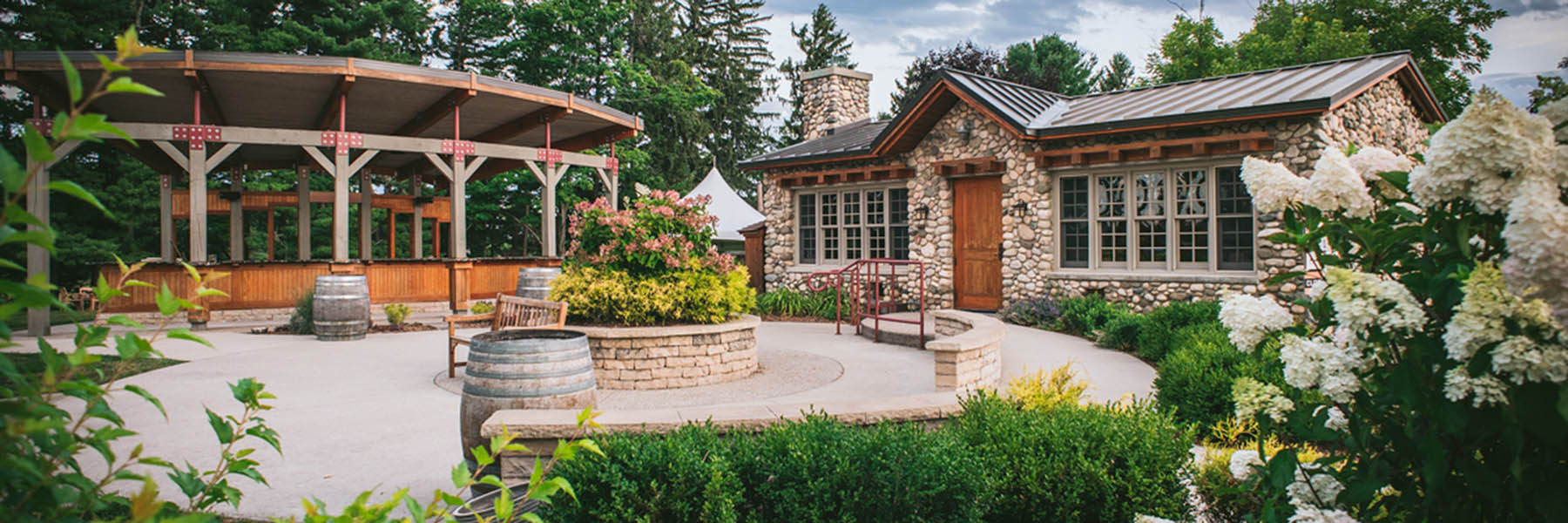Thursday April 21, 2016

The cool, rainy days of spring may delay vineyard work, but we stay busy in the winery; bottling. Spring is the best time to bottle Shady Lane’s 2015 bright aromatic whites like Riesling, Muscat, and Gewurztraminer. For these wines, further aging is always best in the bottle. The bottle? That leads us to a question most wine lovers have thought about.
-
What is the history behind bottle size and shape?
-
Is bottle shape simply a reflection of style that eventually became tradition?
-
Why is 750 milliliters the magic number?
The Bottle Construction
The glass wine bottle came into fashion around the seventeenth century, made possible by technological advances of the coal furnace. The higher temperatures from the coal furnace allowed glass blowers to produce much thicker and stronger glass, which was far more suitable for transport and storage. Prior to the glass bottle, wine was stored and transported in barrels and clay vessels.
To efficiently produce wine bottles the glass blowers would use a single breath for each bottle. The average lung capacity of a glass blower was around 750 milliliters, thus resulting in the magic number. Independent of shape, this volume held true in most wine producing regions, naturally creating a standardized volume. However, it was not until the 1970’s that the European Union set 750 milliliters as the official volume; standardizing and simplifying international sales.
Initially, bottles were blown in the onion shape, like the Chianti bottle, due to ease of production. As people began to recognize different grape varieties, winemakers, and regions there became a demand for bottles that could be stored on their side.
The Bottle Shapes
Bordeaux and Burgundy bottles were originally designed for rough travel considering the sea voyage to major markets. The punt at the bottom of the bottle was originally a function of blowing glass by hand and pushing the end up to make a flat surfaced bottom. It also contributes to the strength of the bottle. All sparkling wines have a punt in the bottle because the indentation helps to evenly distribute the natural internal pressure caused by fermentation. The shoulders on the Bordeaux bottle help to catch sediment from the more tannic wines of the region. The squared shoulders also distinguish the region from the neighboring Burgundy wines.
The Alsatian or Mosel shaped bottle often carries Riesling, Muscat, Gewurztraminer and Pinot Blanc. In Alsace and Mosel the bottles are green. In the Rhine they are brown and the bottle shape is often referred to as “hoch.”
This bottle is slender and more delicate than the Bordeaux and Burgundy bottles. The early transport of these wines on the Rhine River was much more smooth and forgiving in comparison to the sea transport of the Bordeaux and Burgundy wines. It is said that the slender bottle shape was the best for stacking bottles in crates to be transported in the small hulls of the river boats.
Our Bottles
At Shady Lane Cellars we use all three bottle types discussed above. Depending on wine style and variety we bottle the wine in the “traditional” bottle. As a general rule of thumb, one can gain insight to the variety(s), wine style and place of origin simply by glancing at the bottle. As we continuously build and draw from tradition we are inspired to also be “in the moment” or should I say “in the vintage.” At Shady Lane Cellars we hope to share with you the hard work, the long hours, the strategic thinking, the passion and fun that makes every vintage, wine and bottle a reason for making Shady Lane Cellars a tradition.
All the best, from the bottle,
Kasey Wierzba

Winemaker - Shady Lane Cellars


